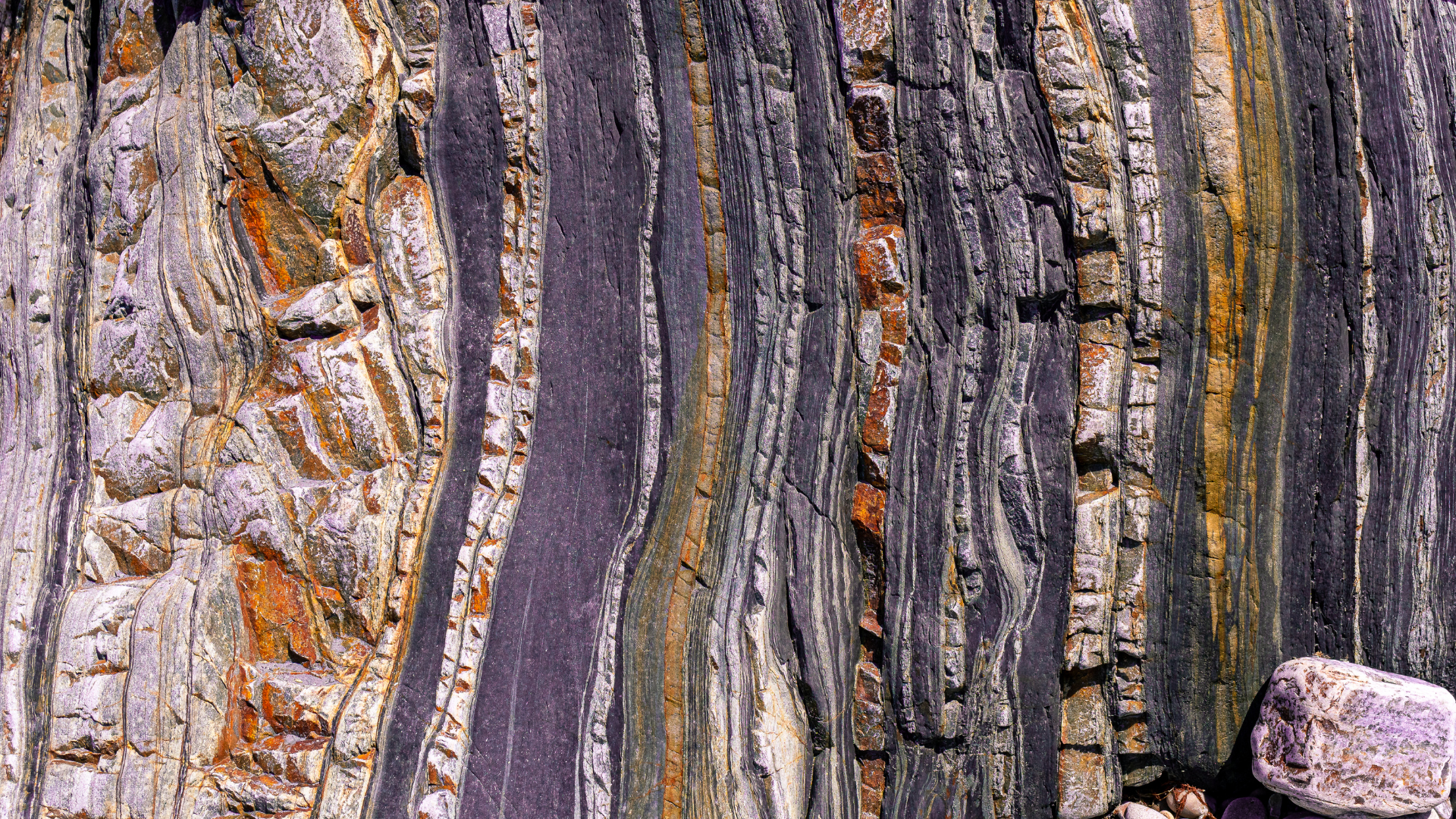RED RIVER ENVIRONMENTAL PROJECT
The Fort McKay Métis Nation is using its Indigenous Knowledge to inform a community-led water monitoring program on the Red River, also called the McKay River, an important water source for their community that has supported traditional use for generations.
Members of the Fort McKay Métis Nation, located north of Fort McMurray, have witnessed the impact of industry on their local rivers over the years. Elder Margie Woods remembers when the waters of the Red River were clean and fresh, and brought people together for activities like swimming and fishing. Today, low water levels and pollution have impacted the lifestyle, culture and traditions of the people who have a long history of using the river.
In response to their concerns about the changes in the Red River, the Nation initiated its own groundwater and surface water monitoring program. Working with Jean Birks, a Principal Researcher in Environmental Impacts at InnoTech Alberta (now with the Government of Alberta), and technicians from Hatfield Consultants, they incorporated their Indigenous Knowledge related to groundwater and surface water interactions, along with feedback on community use of the river, to develop a water quality monitoring program in areas important to them.
Fort McKay Métis Nation’s Councillor, Felix Faichney believes it is important that the community monitors the river itself. By initiating this program, they are creating a baseline of information and monitoring for negative changes in a way they can communicate to industry and government.


